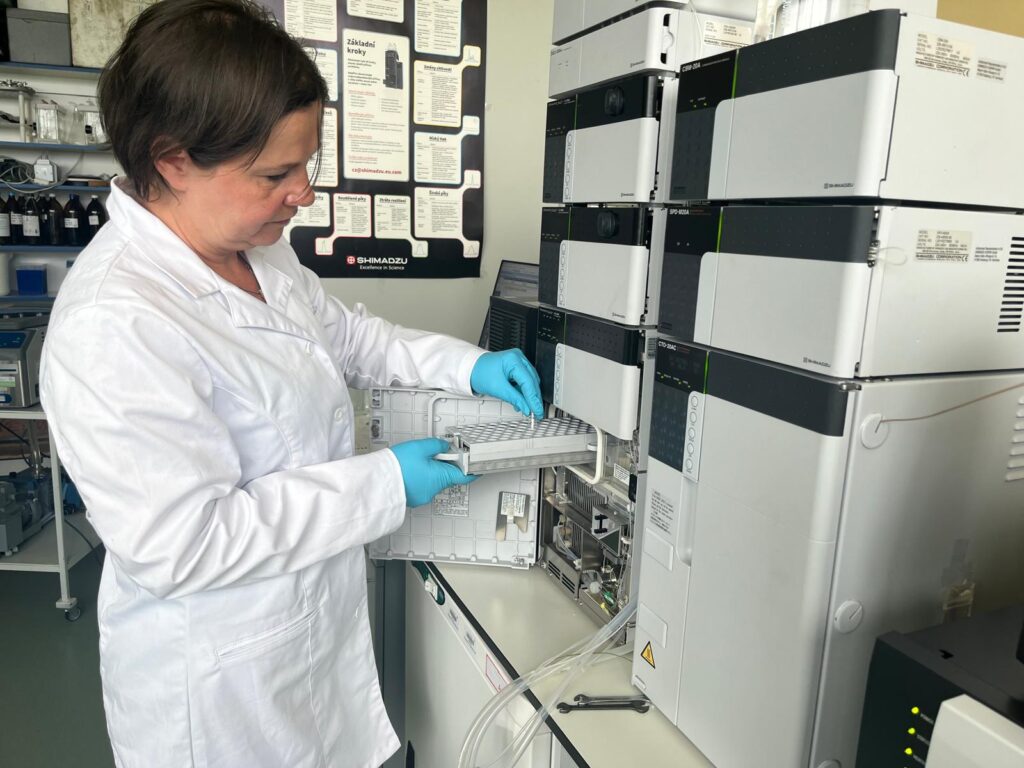New analytical tool can contribute to better monitoring of metabolites in plants
A new analytical method for the simultaneous analysis of amino acids, biogenic amines and their acetylated and methylated derivatives in plants has been developed by researchers from CATRIN, Palacký University in a paper published in the Journal of Experimental Botany. They thus provide plant science with a powerful analytical tool that can form the basis for future investigations into the functions of these nitrogen metabolites in plants, whereas the biological significance of some of which is still unclear.
“This method involves the simple extraction of two to five milligrams of lyophilized plant material followed by fractionation. The analytical endpoint is then hydrophilic interaction liquid chromatography (HILIC) or reversed-phase (RP) liquid chromatography with mass spectrometric (MS) detection. This approach allows high sample throughput, which significantly reduces the time required for analysis and lowers its cost,” said corresponding author of the paper, Petr Tarkowski.
In collaboration with Isotope Laboratory of Institute of Experimental Botany CAS, the researchers also presented a new synthetic route for deuterated polyamines. These are polyamines (organic compounds containing more than one amino group) that contain heavy hydrogen atoms instead of the normal hydrogen atoms. The use of deuterated polyamines in LC-MS/MS analysis allows more accurate and reliable measurement of polyamine levels in biological samples.

“We thoroughly validated the new method by quantifying nitrogen metabolite levels in seedlings of seven plant species, including Arabidopsis, maize and barley, which are commonly used model organisms in plant research.
Our results have revealed significant differences in the abundance of these metabolites between species, developmental stages and growth conditions. Particularly, some acetylated and methylated derivatives haven’t been detected in plants until now,” Tarkowski explained.
According to the authors of the study, the new method offers high extraction efficiencies and good chromatographic resolution as well as good sensitivity and selectivity. It thus has the potential to accelerate research on these rare metabolites as well as improve our understanding of their biological significance in different plant species.

